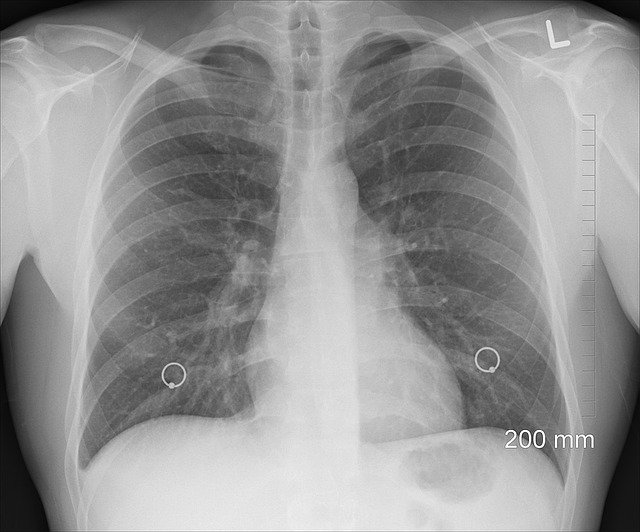Podcast: Play in new window | Download (Duration: 19:36 — 17.9MB) | Embed
On this episode of the Top 200 Drugs pharmacology podcast, I cover fluticasone nasal spray, allopurinol, alendronate, famotidine, and cefdinir.
Fluticasone is a corticosteroid that can be used nasally for the treatment of allergic rhinitis.
Allopurinol is a xanthine oxidase inhibitor used to reduce uric acid and prevent gout flares.
Alendronate is a bisphosphonate that inhibits the action of osteoclasts. This action helps treat osteoporosis.
Famotidine is a histamine-2 receptor antagonist that helps reduce gastric acid secretion and alleviate heartburn symptoms.
Cefdinir is a third-generation cephalosporin that is often used as an alternative for those who cannot take penicillin antibiotics. There is a small risk for cross-reactivity that a clinician has to consider.
Be sure to check out our free Top 200 study guide – a 31 page PDF that is yours for FREE!
Support The Podcast and Check Out These Amazing Resources!
Meded101 Guide to Nursing Pharmacology (Amazon Highly Rated)
Guide to Drug Food Interactions (Amazon Best Seller)



